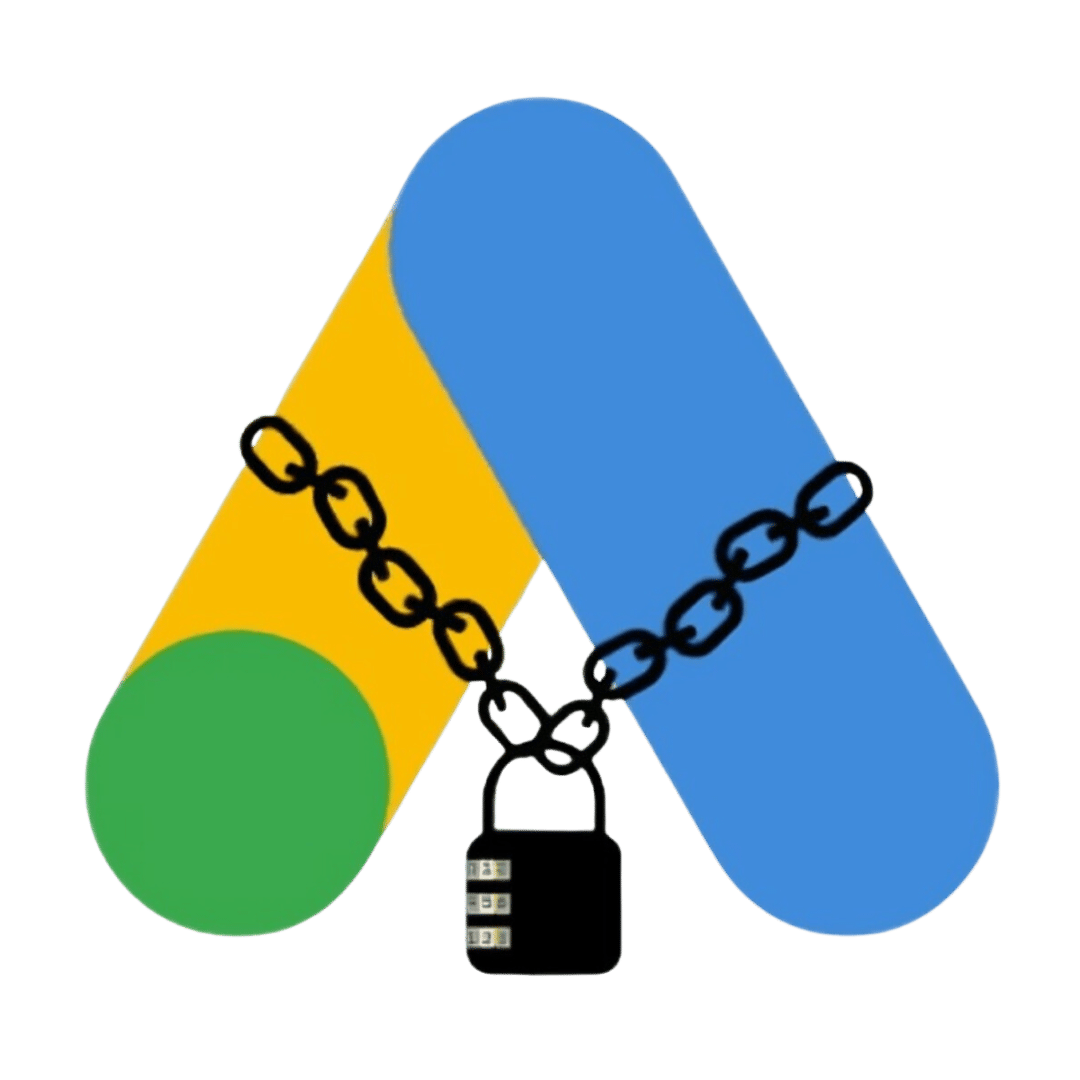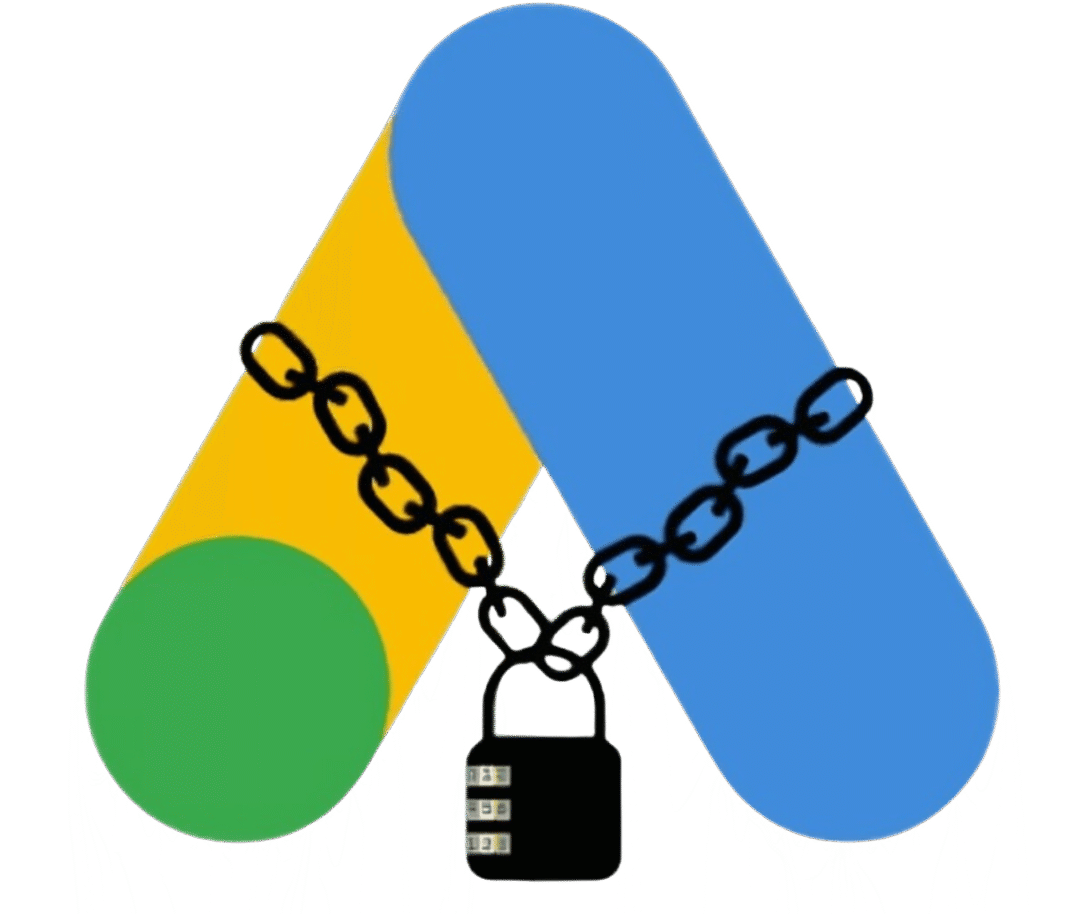In today’s fast-paced digital world, website performance is more than a technical metric — it’s a reflection of user experience, brand credibility, and SEO success. Since Google introduced Core Web Vitals as ranking factors, optimizing them has become a necessity for every website striving to achieve top search visibility.
This article dives deep into what happens before and after Core Web Vitals optimization — exploring how improving these metrics can transform your site’s performance, user engagement, and ranking potential.
What Are Core Web Vitals?
Core Web Vitals are a set of user-focused performance metrics designed by Google to measure real-world experience on your website. They include:
-
Largest Contentful Paint (LCP): Measures loading speed.
-
First Input Delay (FID) (soon replaced by INP): Measures interactivity and responsiveness.
-
Cumulative Layout Shift (CLS): Measures visual stability.
Each of these metrics helps determine how users perceive your site’s loading performance and usability. You can check your Core Web Vitals scores using tools like PageSpeed Insights or Google Search Console.
To learn more about how search engines use performance metrics in ranking, visit How Search Engines Work.
Before Optimization: The Hidden Cost of Poor Performance
Before improving your Core Web Vitals, many websites experience the following issues:
-
Slow Loading Times: High LCP values cause users to abandon pages before they fully load.
-
Low Engagement & High Bounce Rates: When a site is slow or unstable, users are less likely to interact.
-
Lower Rankings: Google’s algorithm prioritizes user experience signals — and poor Core Web Vitals can hurt your SEO performance.
-
Decreased Conversion Rates: Every second of delay can reduce conversions by up to 7%, according to HubSpot.
If you’ve ever noticed traffic drops, it might not be just about keywords — check your site’s technical health through a quick SEO audit in 1 hour.
After Optimization: Tangible Results You Can Measure
When Core Web Vitals are optimized, the results can be impressive — not just technically, but also in business outcomes.
-
Faster Loading Speeds
Websites that achieve an LCP under 2.5 seconds offer a noticeably smoother experience. This often leads to lower bounce rates and longer session durations. -
Improved User Experience
A stable layout (low CLS) ensures users can read and interact with content without accidental clicks — enhancing trust and usability. -
Higher SEO Rankings
Optimized sites tend to perform better in Google search results, as these metrics signal strong page quality and responsiveness. -
Better Conversion Rates
Faster, more reliable websites consistently convert more visitors into customers — a crucial factor for e-commerce and service-based businesses.
For a full breakdown of how optimization impacts traffic and rankings, check out SEO Basics for Beginners.
How to Optimize Core Web Vitals (Step by Step)
Improving Core Web Vitals requires both technical fixes and strategic adjustments. Here’s how you can start:
-
Run a Performance Audit
Use PageSpeed Insights and GTmetrix to identify bottlenecks. -
Optimize Images
Compress and serve them in next-gen formats like WebP. You can also follow this detailed guide on SEO for Images to boost both speed and ranking. -
Implement Lazy Loading
Load images and videos only when they’re about to appear on screen. -
Minimize JavaScript & CSS
Remove unused code and defer non-critical scripts to reduce load time. -
Use a Content Delivery Network (CDN)
A CDN ensures faster content delivery for users around the globe. -
Monitor and Maintain
Regularly review your performance in Google Analytics and Search Console.
If you’re a beginner, explore How to Use Google Search Console (Beginners Guide) for a full walkthrough.
Real-World Case Study: “Before & After” Snapshot
Let’s look at a simplified example:
| Metric | Before Optimization | After Optimization |
|---|---|---|
| LCP | 5.2 seconds | 1.8 seconds |
| FID/INP | 250 ms | 80 ms |
| CLS | 0.45 | 0.05 |
| Bounce Rate | 72% | 39% |
| Average Session Time | 32 seconds | 1 minute 48 seconds |
| Organic Rankings | Avg. Position: 28 | Avg. Position: 8 |
This “before and after” transformation shows how small technical tweaks can lead to significant SEO and business growth.
Why Core Web Vitals Matter More Than Ever
Google continues to refine how user experience impacts search visibility. As part of the evolving Page Experience update, Core Web Vitals remain one of the clearest indicators of a well-optimized site.
When you focus on providing real value through speed, stability, and interactivity, you’re not just optimizing for algorithms — you’re building trust with users.
To further enhance your site’s on-page experience, visit What Is On-Page SEO?.
Conclusion
The difference between before and after optimizing Core Web Vitals can be the difference between an average website and a high-performing one. From improved rankings and engagement to better conversions, the benefits are too impactful to ignore.
If you want your site to reach its full potential, start with a technical audit, implement best practices, and continuously monitor your metrics. Explore more guides and actionable SEO strategies on the SEO Top Secrets Blog.
FAQs About Core Web Vitals
1. What are the three Core Web Vitals?
They are Largest Contentful Paint (LCP), Interaction to Next Paint (INP, replacing FID), and Cumulative Layout Shift (CLS).
2. How do Core Web Vitals affect SEO?
They directly influence your ranking signals by improving user experience and site quality — key factors in Google’s algorithm.
3. How can I check my Core Web Vitals scores?
You can use PageSpeed Insights, Search Console, or GTmetrix.
4. How often should I test my Core Web Vitals?
Regularly — ideally once a month or after major site updates.
5. Do Core Web Vitals affect mobile rankings too?
Yes. Google uses mobile-first indexing, so optimizing for mobile performance is crucial for SEO success.




